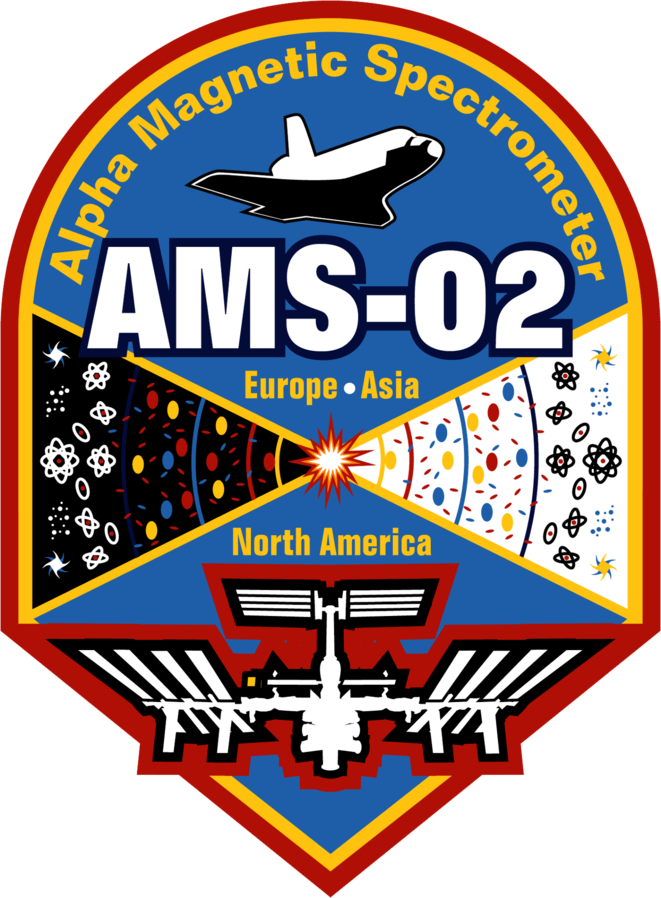Track Finding Efficiency Improvements in the Tracker Analysis
We have improved the track finding algorithm. The new algorithm uses cellular automation for finding the track segments and then builds the tracks, as illustrated in Figure 1. This improves track finding efficiency and rejection of spurious hits in the detector.
The first description of the algorithm was published in Zhaoyi Qu, Sadakazu Haino , Paolo Zuccon, Minggang Zhao, Nucl. Instrum. Methods Phys. Res., Sect. A 869, 135 (2017).

This algorithm is particularly important for heavy nuclei events, in which additional hits or track segments are often present due to delta-ray generation and nuclei interactions with the tracker materials. Using this new method, we are able to improve the track reconstruction efficiencies, and, therefore, the effective acceptance of the detector by 6% for protons, 10% for helium, more than 20% for carbon, and about 30% for oxygen and heavier nuclei for rigidities above 50 GV. Figure 2 shows the examples for the a) helium and b) oxygen acceptance increases. For the current data sample of high $Z$ nuclei this corresponds to an extra two years of AMS operations.

In addition, we also improved the track finding efficiency for electrons and positrons. Traditionally, to select the cleanest candidates, we had been using events with exactly one track found in the tracker reconstructed with one hit in each plane. In the new approach, we have developed a method to select the genuine track when there is more than one track candidate due to spurious hits by using information from the TRD and ECAL, as illustrated in Figure 3. As seen, in this event the tracker plane L2 has two hits close to each other. We use the information from the plane L1, from the TRD, from the planes L3, L4, L5, L6, L7, L8, and L9, and the ECAL to form a narrow corridor which excludes the spurious hit in L2.

This has increased the effective acceptance of our detector by 20% to 30% for electrons and positrons, as shown in Figure 4.

